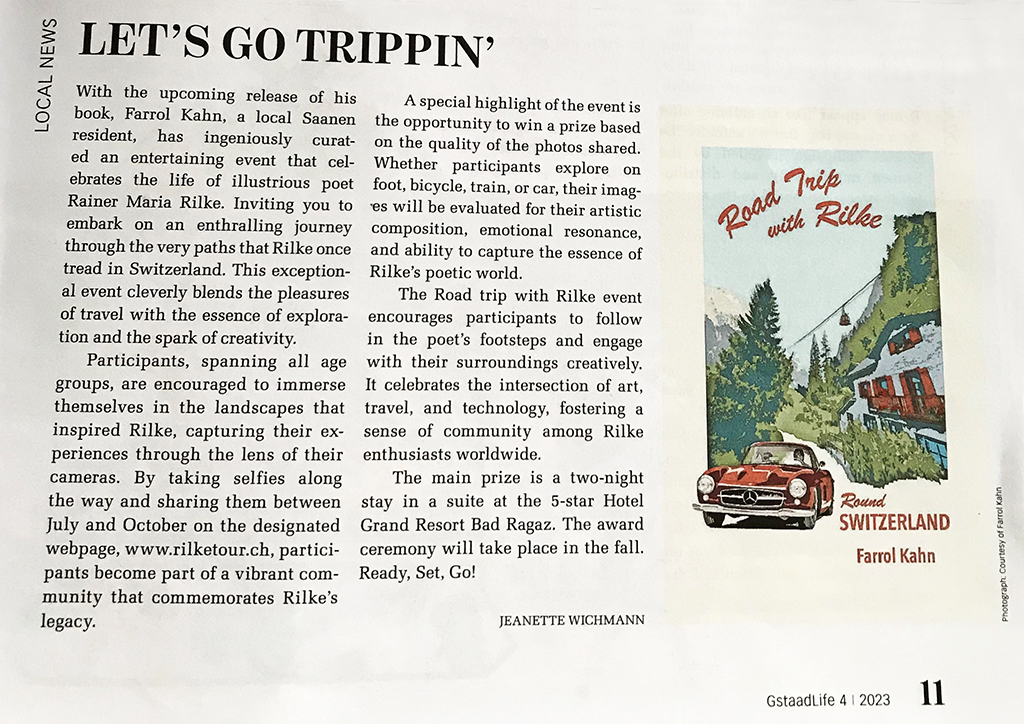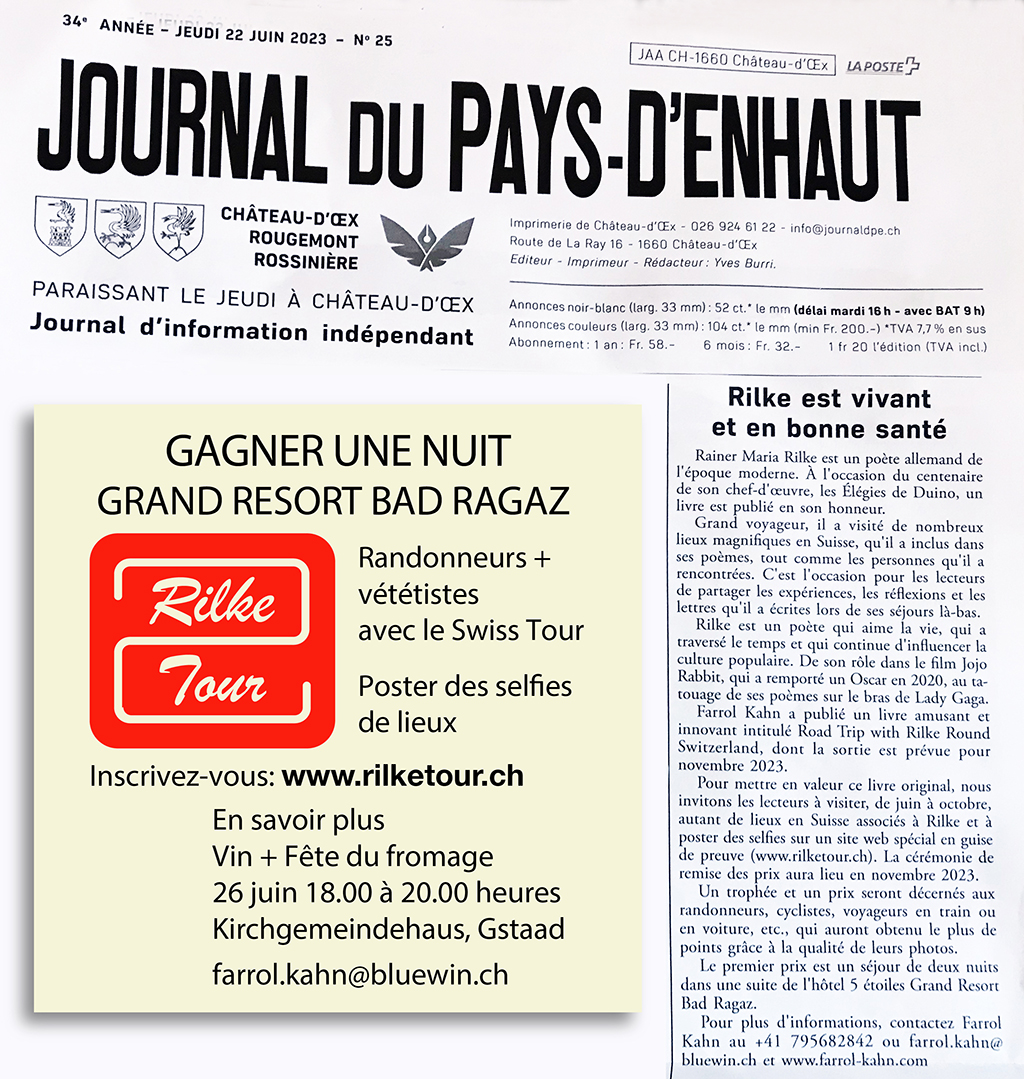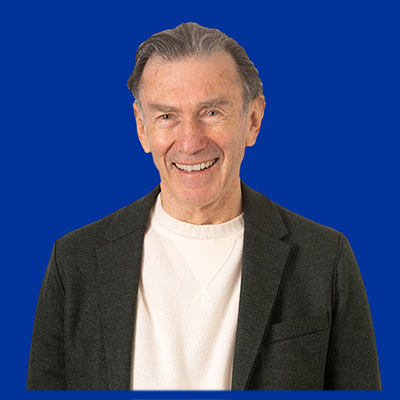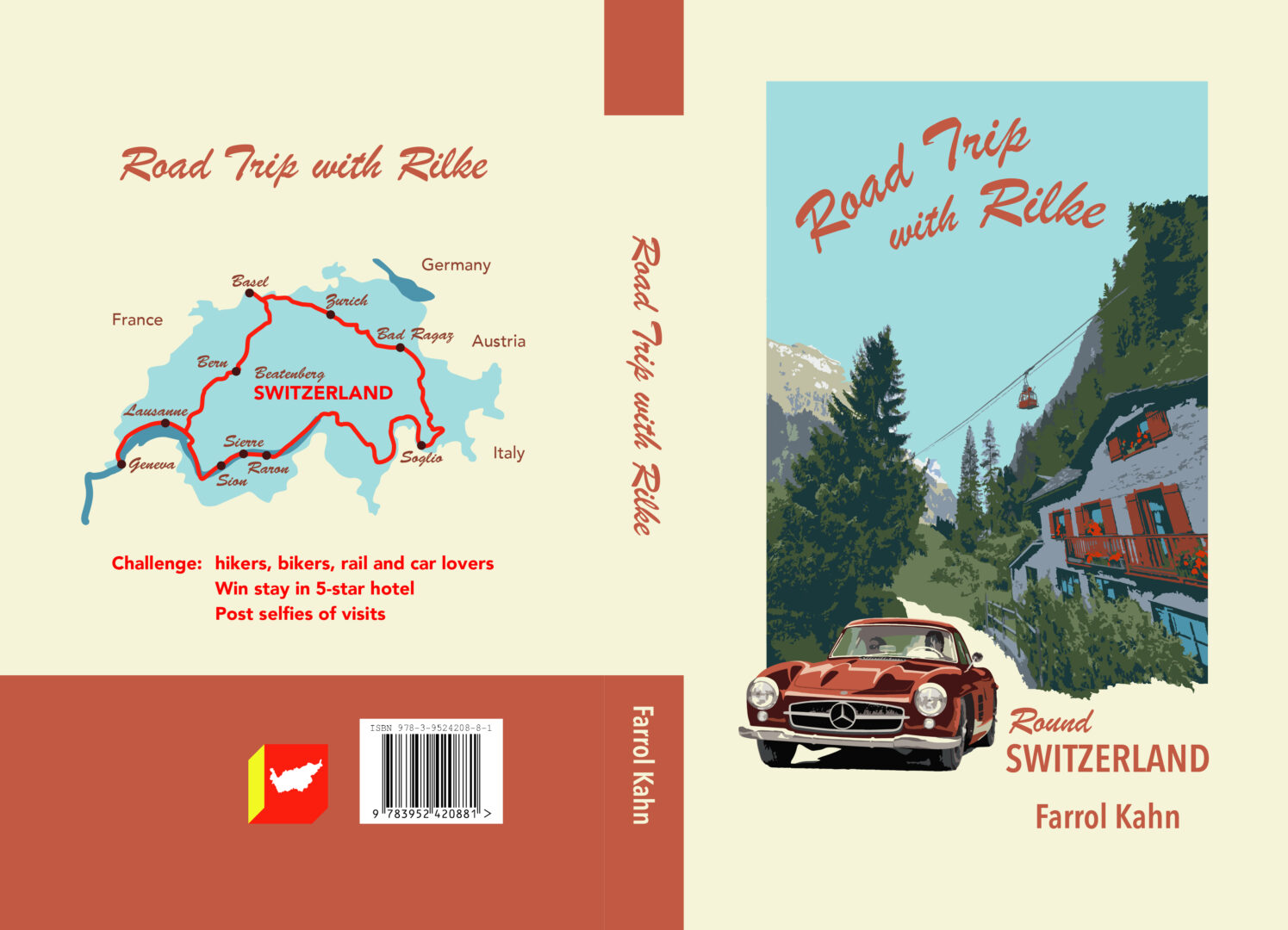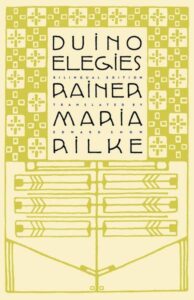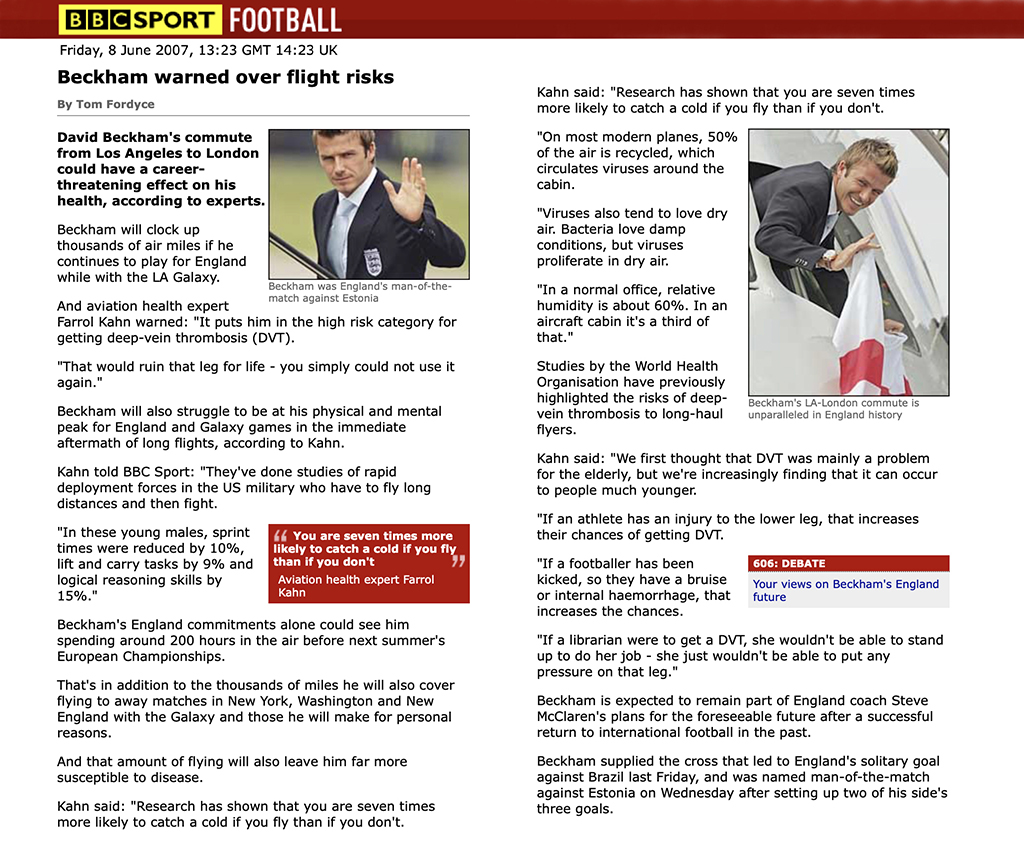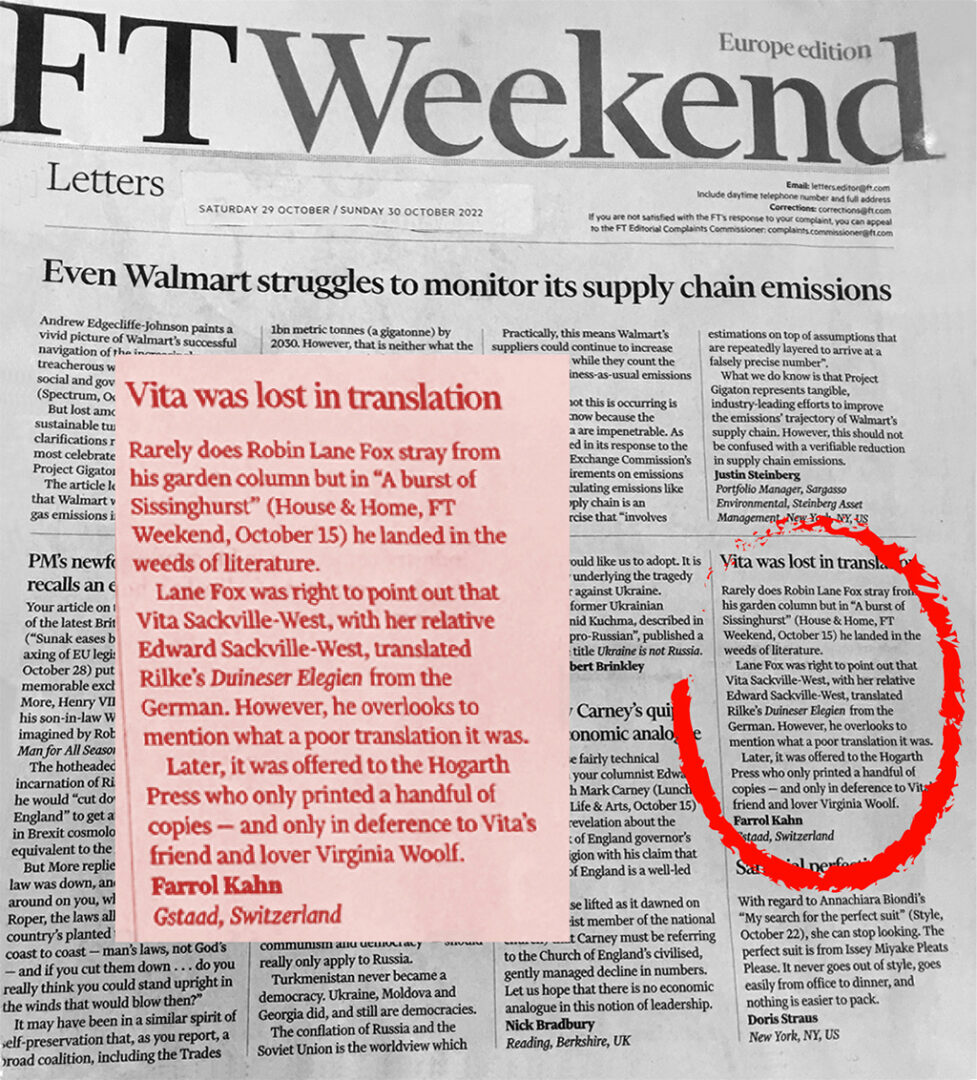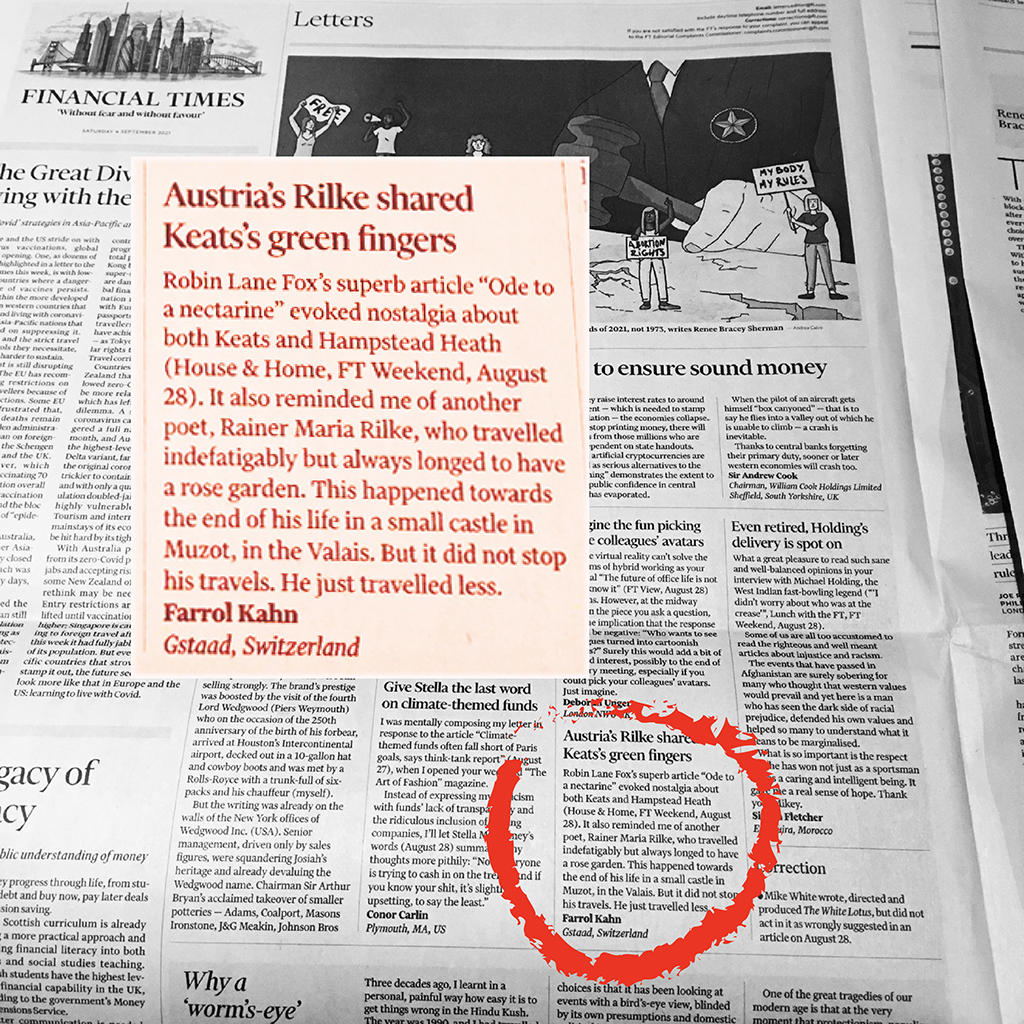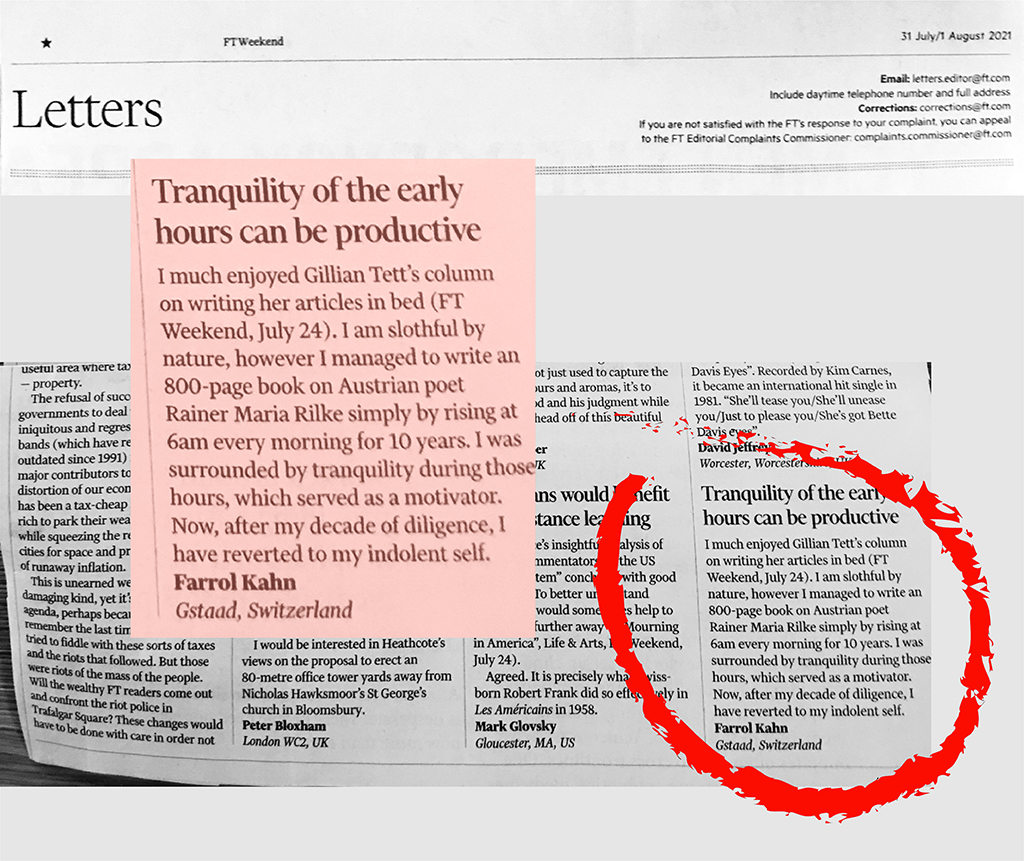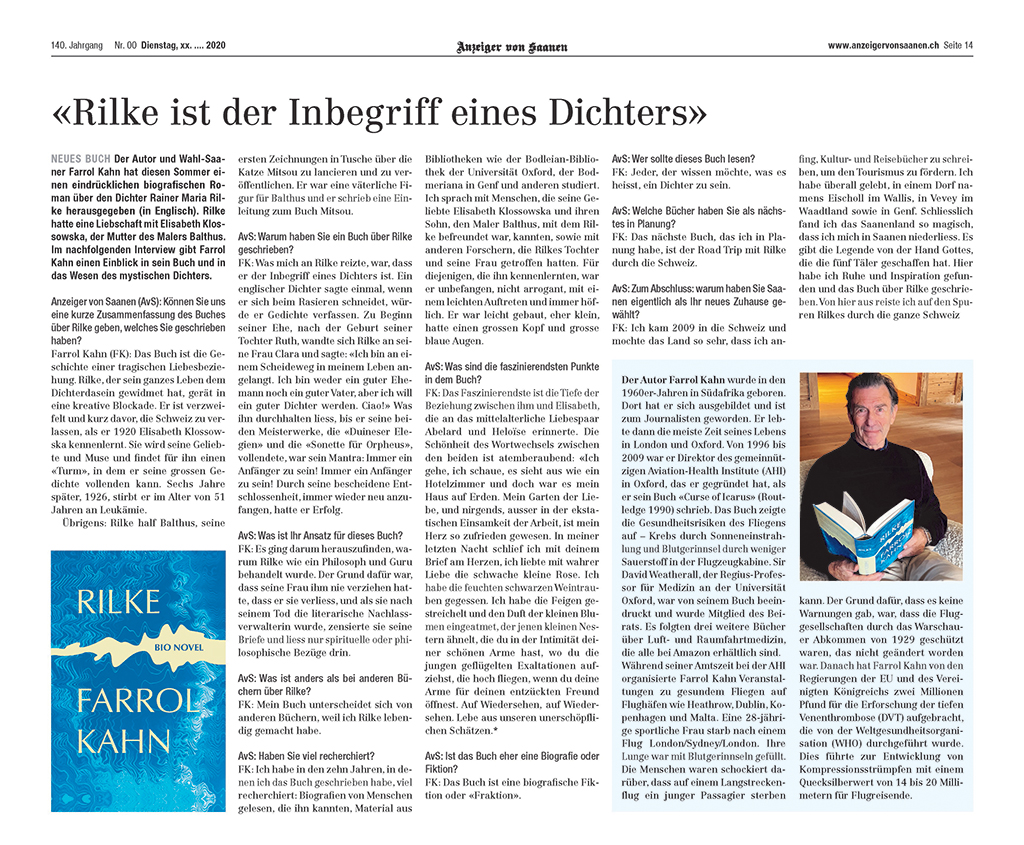Walliser Bote 29 Juli 2021 : “Ich Habe Rilke erweckt”
Farrol Kahn hat in Eischoll einen Biografischen Roman über den wohl wichtigsten Dichter für das Wallis geschrieben. Eine Arbeit, de zehn Jahre dauerte.
Translation of article below.
Interview:Sarah-Maria Heldner – I made Rilke alive”
Farrol Kahn has written a bio novel about the probably most important poet for the Valais. A task that took 10 years to complete. The author of the book “Rilke” about the passion for the poet, his work and Switzerland.
Why did you write a book about Rilke’s life?
I wanted to write a book, a novel about a poet. I first thought of Yeats, the Irish poet, but there has already been a lot written about him. Another option was a Latvian poet called Rainis but it was difficult to find poems because they were mostly in Russian. I initially wanted to do something about this poet because my father was from that country.
And then, by chance, I picked up a book of Rilke’s poetry by Mitchell, when I was commuting from London to Sussex. I was fascinated by the poems. I’ve read snippets of his Duino Elegies and his Sonnets to Orpheus when I was on the train and later I began reading about his life. There were a lot of books in English about him but they were mainly academic works about his poetry. No one has written about the man who had a life, who had many loves and who struggled to find himself. I wanted to show him as a human being, not just a guru or a philosopher. All his works can be traced to a basis.
What is that basis?
The basis of his work was that in 1900 he married and then had a child. After one year he turned to his wife and said that he was a bad husband, a bad father but wanted to be a good poet. He left his family and travelled a lot: Egypt, Spain, Berlin, France and many more. He never put down roots, he was always hovering above a city or a country.
What fascinated you about his life?
He was one of these mysterious poets who wrote a lot of letters: 17,000. Another interesting aspect is the contrast between him and his friend Paul Valéry. The french poet wrote according to a system whereas Rilke was very emotional. In order to write, Rilke always tried to find a “winter nest”, a place where he was on his own. Only a housekeeper would be in
the same house and put the food in front of Rilke’s room. He just wanted to write poetry on his own over the three months of winter.
How did you get all the information for the book?
I’ve read a lot of his letters, took notes and did research in libraries like Oxford and Geneva. Those libraries have his genuine letters, the letter he wrote to his mistress and muse Baladine Klossowska. Their story is very fascinating.
What is their story?
The creative years of Rilke in Switzerland were from 1920 to 1926. The first thing he had to do was to find a “winter nest”. He first tried to find something in Zurich like the Schloss Berg am Irchel but it did not work out. When he met Baladine in Geneva they went on a trip to the Valais and when they were by the church above Raron, they looked at the wonderful landscape. That awakened his inspiration for writing poetry.
Rilke had a great love affair with her but then got leukemia. He did not want to see Baladine while his body was full of black spots, which was very hard for him. This grand passion that can be seen in the incredible love letters is so inspiring.
During your research, have you found something surprising?
Yes, I did. I wondered why a lot of the books on him were academic and none showed who he was. The reason behind that is, that his letters have been censored by his wife. Anything that had something to do with his emotions, his body or his love affairs was affected. That’s why many people didn’t really know much about him.
How did you deal with the censored parts?
His confessions took 50 years to be published. It was hard work, I had to go to the libraries, to sit down and make notes. I had a translator that translated the German or French texts into English.
How much fiction is in your bio novel of Rilke?
The only sort of fiction is where I animate him. Many things I know from the love letter he wrote to Baladine Klossowska. These elements I used in conversation. I really made Rilke alive which is much appreciated.
Had you already had connections to Switzerland before you started writing your novel about Rilke?
Not a strong connection. I have seen pictures of the landscape and one falls in love with it.
You’ve written the book in Eischoll. How did you get Eischoll as a destination to write your book?
My German Rilke friends had apartments in Eischoll and invited me to stay there while writing the book. They said that the view was wonderful and that I could see the church in Raron where Rilke is buried. That was true. I could always look down and get inspiration.
Was Rilke inspiration enough during the whole process or did you have writing blocks?
Rilke opened a whole new world, an inner world which he was part of. Wherever I go there is a reminder of Rilke in some shape or form. For Example, when I went to Paris I would go to the Luxembourg Gardens where he had had many walks.
You are currently writing your new book “Road Trip with Rilke”. Do you proceed in the same way as for the previous book?
No. I would look at my book, the biographical novel and find areas that are important in the road trip. For example Schloss Berg am Irchel. It still exists today, even though it is a horse breeding centre. Or the Victoria Hotel where he is in the register. All those places will be in the road trip. Readers can go around Switzerland and stay in five star hotels, where a little table of memories will remind of Rilke. In the book you will find the letters that he has written at those places.
So it is a mix of a travel guide and memories of Rilke?
Exactly. You have the opportunity of entering his personal world by discovering new places and reading his letters.
